
USDA Hardiness Zone 7b is characterized by minimum winter temperatures of 5–10°F. Ideal for gardening, this zone offers a moderate climate with a long growing season.
Understanding Frost Dates in Zone 7b
Frost dates are crucial for gardening in Zone 7b. The last frost date is April 15th, and the first frost date is November 15th, allowing a 7-month growing season.
2.1 Last Frost Date
The last frost date in USDA Zone 7b typically falls on April 15th. This marks the end of winter and signifies when the soil has warmed enough for planting warm-season crops. After this date, the risk of frost significantly decreases, making it safe to plant tender vegetables like tomatoes, peppers, and eggplants outdoors. Gardeners should wait until the soil reaches a consistent temperature above 50°F for optimal seed germination and plant growth. The last frost date is a critical milestone in planning the spring garden, ensuring that plants are not exposed to damaging temperatures. Proper timing helps maximize the growing season and increases the likelihood of a successful harvest.
2.2 First Frost Date
The first frost date in USDA Zone 7b typically occurs around November 15th. This marks the beginning of cooler weather and signals the end of the growing season for warm-season crops. Gardeners should prepare for this date by harvesting remaining crops and protecting sensitive plants from potential damage. The first frost can kill tender annuals and vegetables, so it’s essential to plan accordingly. Hardy plants like kale or spinach may tolerate light frosts, but most warm-season crops will need to be harvested before this date. Understanding the first frost date helps gardeners optimize their fall planting schedule and ensure a successful harvest before winter sets in.
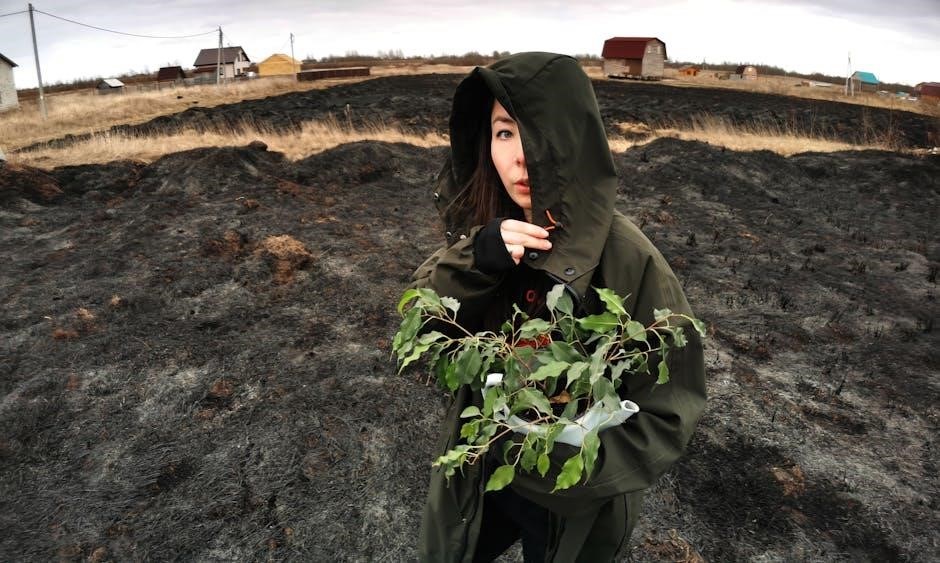
The Growing Season in Zone 7b
Zone 7b’s growing season runs from April to November, providing ample time for gardening a diverse range of plants, including vegetables, fruits, and flowers, making it ideal for multiple harvests.
3.1 Length of the Growing Season
The growing season in USDA Hardiness Zone 7b typically lasts approximately 7 months, from April 15th to November 15th. This extended period allows gardeners to plant a wide variety of crops, including spring and fall vegetables, ensuring a bountiful harvest. The moderate winter temperatures and warm summers create a favorable environment for multiple planting cycles. With proper planning, gardeners can maximize their yield by staggering plantings and utilizing the full duration of the growing season. This lengthy period makes Zone 7b ideal for both cool-season and warm-season crops, offering flexibility and diversity in gardening strategies. Despite its length, the season requires careful planning to avoid wasting valuable time and ensure optimal growth.
3.2 Spring and Fall Growing Periods
In Zone 7b, the spring growing period begins after the last frost date, typically around April 15th. This is an ideal time to plant cool-season crops like broccoli, spinach, and carrots, which thrive in cooler temperatures. The fall growing period starts in late summer, allowing gardeners to sow crops such as kale, radishes, and lettuce about 8 weeks before the first frost date, which is usually November 15th. Both periods offer opportunities to grow a variety of vegetables, ensuring a continuous harvest. With proper planning, gardeners can enjoy fresh produce in both spring and fall, making Zone 7b a versatile and productive gardening zone.
Best Vegetables for Zone 7b
Zone 7b’s climate is ideal for growing tomatoes, peppers, cucumbers, and squash. Cool-season crops like broccoli and spinach also excel, ensuring a diverse and fruitful garden year-round.
4.1 Spring Vegetables
Zone 7b’s spring season is ideal for growing a variety of cool-season vegetables. Spinach, lettuce, and radishes thrive in early spring, tolerating light frosts. Broccoli, cauliflower, and kale also perform well, preferring cooler temperatures. Carrots and beets can be direct-sown as soon as the soil is workable. Spring is also a great time to plant peas, which prefer the cooler months. For tomatoes and peppers, start seeds indoors 4-6 weeks before the last frost date to get a head start. Herbs like parsley and cilantro do well in spring’s mild weather. Planting these vegetables in early spring ensures a bountiful harvest before the heat of summer sets in, making Zone 7b a productive region for spring gardens.
4.2 Summer Vegetables
Zone 7b’s warm summers create an ideal environment for growing heat-loving vegetables. Tomatoes, peppers, and eggplants thrive in the region’s long, sunny days. Cucumbers, zucchini, and okra are excellent choices for summer gardens, as they tolerate high temperatures; Green beans, corn, and squash also grow well during this season. Herbs like basil and cilantro flourish in summer and can be successionally planted for continuous harvest. Plant these vegetables after the last frost date to ensure optimal growth. With proper care and watering, Zone 7b gardeners can enjoy a bountiful summer harvest, taking advantage of the warm climate to grow a wide variety of delicious and nutritious vegetables.

Fruits and Berries in Zone 7b
Zone 7b’s temperate climate supports a wide variety of fruits and berries, making it an ideal location for home orchards. Strawberries, blueberries, raspberries, and blackberries thrive in the region’s fertile soil and moderate temperatures. Fruit trees like peaches, nectarines, and plums are also well-suited for Zone 7b, as they tolerate the warm summers and cool winters. Apples and pears can grow successfully, though they may require protection during extreme cold snaps. Grapes are another excellent choice, as they benefit from the zone’s long growing season. Proper soil preparation and adequate sunlight are key to ensuring healthy growth and abundant harvests. With careful planning, Zone 7b gardeners can enjoy a diverse selection of delicious fruits and berries throughout the year.

Herbs for Zone 7b
Zone 7b’s climate is ideal for growing a variety of herbs, both annuals and perennials. Popular choices include basil, parsley, dill, oregano, rosemary, thyme, and mint. Annual herbs like basil and dill thrive in Zone 7b’s warm summers and should be planted after the last frost date. Perennial herbs such as rosemary and thyme can withstand the zone’s cool winters and return year after year. Plant herbs in well-drained soil and full sun for optimal growth. Many herbs can also be started indoors 4–6 weeks before the last frost date and transplanted outside. Regular watering and mulching help retain soil moisture and suppress weeds. With proper care, Zone 7b gardeners can enjoy a fragrant and flavorful herb garden throughout the growing season.
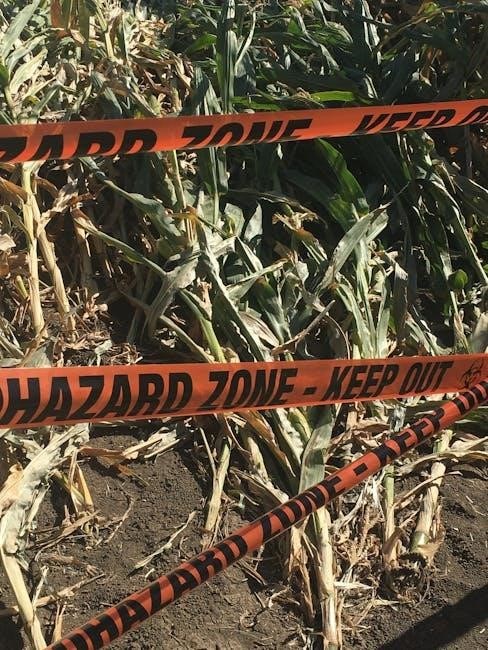
Monthly Planting Guide
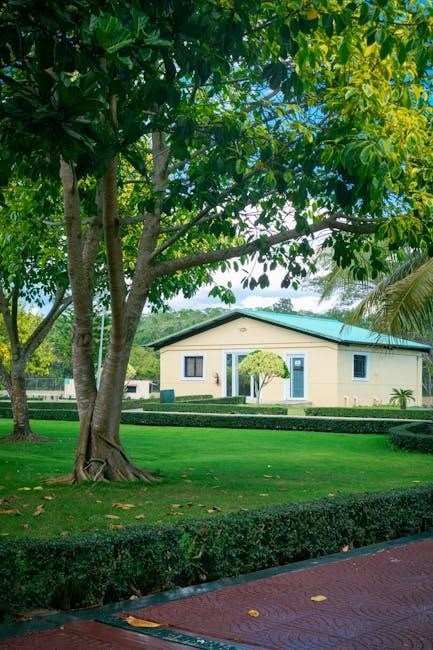
A monthly planting guide for Zone 7b helps gardeners optimize their growing season. In February-March, start seeds indoors for tomatoes, peppers, and herbs. By April-May, plant warm-season crops like beans, squash, and cucumbers directly outdoors after the last frost. June-July are ideal for heat-tolerant vegetables such as okra, eggplant, and southern peas. In August, begin planting cool-season crops like broccoli and kale indoors for a fall harvest. By September-October, transplant these into the garden and sow root vegetables like carrots and beets. November marks the end of the growing season, with garlic planted for next spring. This structured approach ensures a continuous and productive harvest throughout the year in Zone 7b.
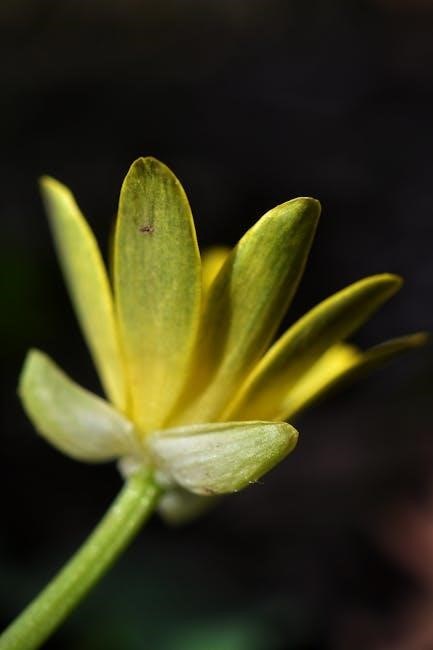
Soil Preparation Tips
Proper soil preparation is essential for a thriving garden in Zone 7b. Start by testing your soil pH and nutrient levels to determine necessary amendments. Add compost or well-rotted manure to improve soil structure and fertility. Mix in organic matter like mulch or leaf mold to enhance drainage and aeration. For acidic soils, incorporate lime, and for alkaline soils, use sulfur to balance the pH. Till the soil 8–10 inches deep to loosen and aerate it, especially in heavy clay or sandy areas. Avoid over-tilling, as it can damage soil structure. Incorporate specific amendments based on the crops you plan to grow, ensuring optimal nutrient availability. Proper soil preparation now will yield healthier plants and better harvests throughout the growing season in Zone 7b.
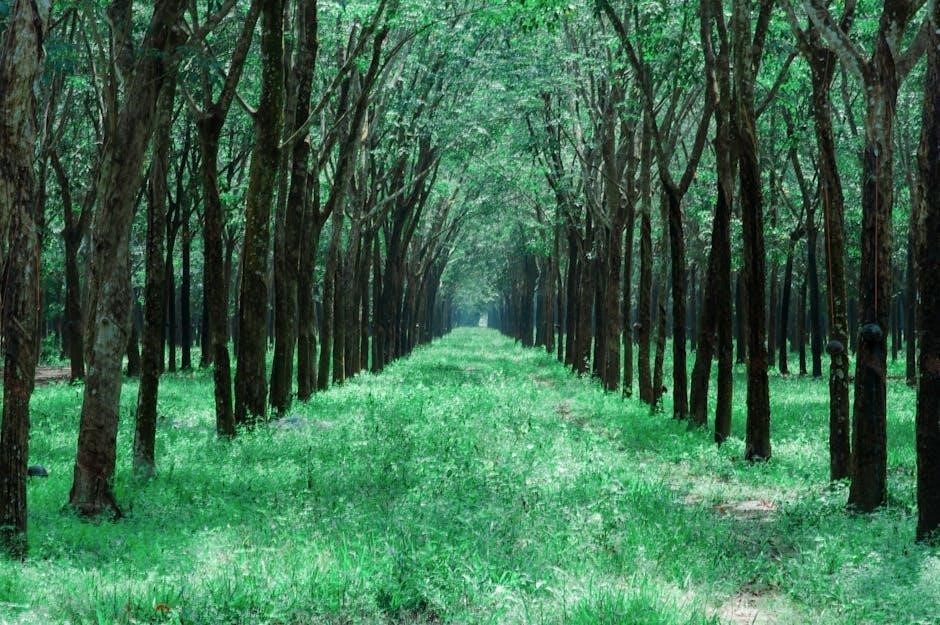
Companion Planting Strategies
Companion planting is a valuable strategy for optimizing growth and reducing pests in Zone 7b. Pairing vegetables, herbs, and flowers strategically can enhance flavor, deter pests, and improve soil health. For example, planting marigolds with tomatoes deters nematodes, while basil repels pests and adds flavor to nearby vegetables. Nasturtiums attract beneficial insects and repel aphids, making them ideal for cucumbers and squash. Radishes planted alongside cucumbers can reduce cucumber beetle damage. Garlic and onions repel pests that target vegetables like carrots and beans. Herbs like dill and cilantro attract beneficial insects, supporting a balanced ecosystem. Avoid planting members of the Brassica family (broccoli, kale) near tomatoes and peppers, as they can be susceptible to similar diseases. Strategic companion planting in Zone 7b promotes a healthier, more productive garden.
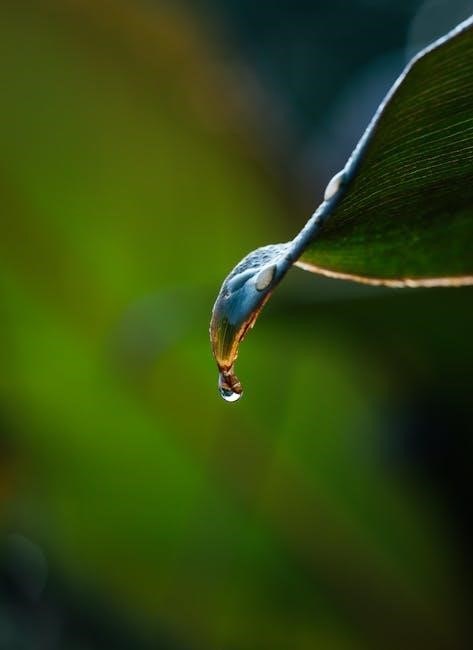
Common Challenges and Solutions
Gardening in Zone 7b presents unique challenges, such as unpredictable frosts, pests, and soil nutrient depletion. One common issue is early frost damage to fall crops, which can be mitigated by using frost blankets or row covers. Pests like aphids and nematodes can be controlled through companion planting and crop rotation. Soil degradation can be addressed by incorporating compost and organic fertilizers. Summer droughts may require mulching and drip irrigation to retain soil moisture. Additionally, some plants may struggle with intense summer heat, so choosing heat-tolerant varieties is essential. Regular monitoring and adaptive strategies ensure a thriving garden despite these challenges. Proper planning and sustainable practices help overcome obstacles and maximize yields in Zone 7b.